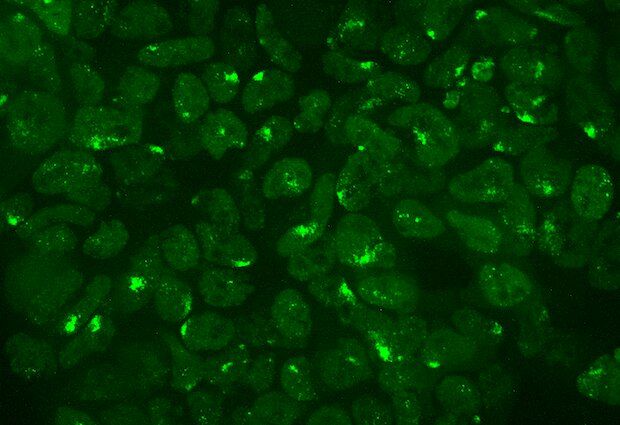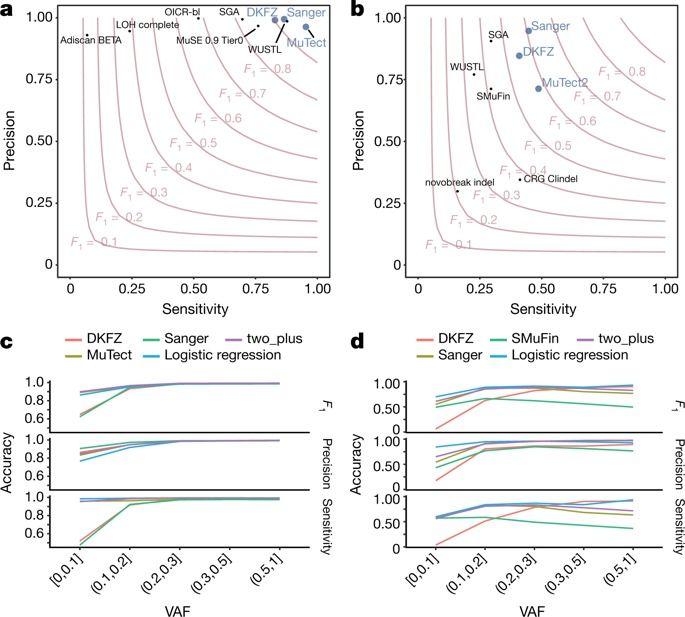Researchers at the European Molecular Biology Laboratory (EMBL) in Heidelberg and Institut Curie in Paris have shown that the protein SPEN plays a crucial role in the process of X-chromosome inactivation, whereby female mammalian embryos silence gene expression on one of their two X chromosomes.
In their landmark research published in Nature on 5 February, the scientists reveal how SPEN targets and silences active genes on the X chromosome, providing important new insights into the molecular basis of X-inactivation.
In mammals, males and females differ genetically in their sex chromosomes—XX in females and XY in males. This leads to a potential imbalance, as more than a thousand genes on the X chromosome would be expressed in a double dose in females compared to males. To avoid this imbalance, which has been shown to lead to early embryonic lethality, female embryos shut down the expression of genes on one of their two X chromosomes.





